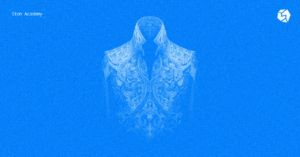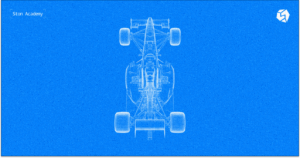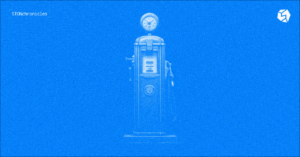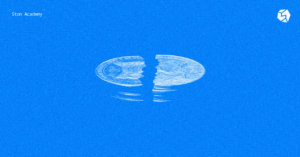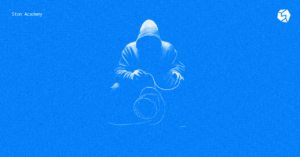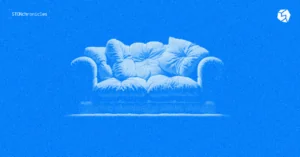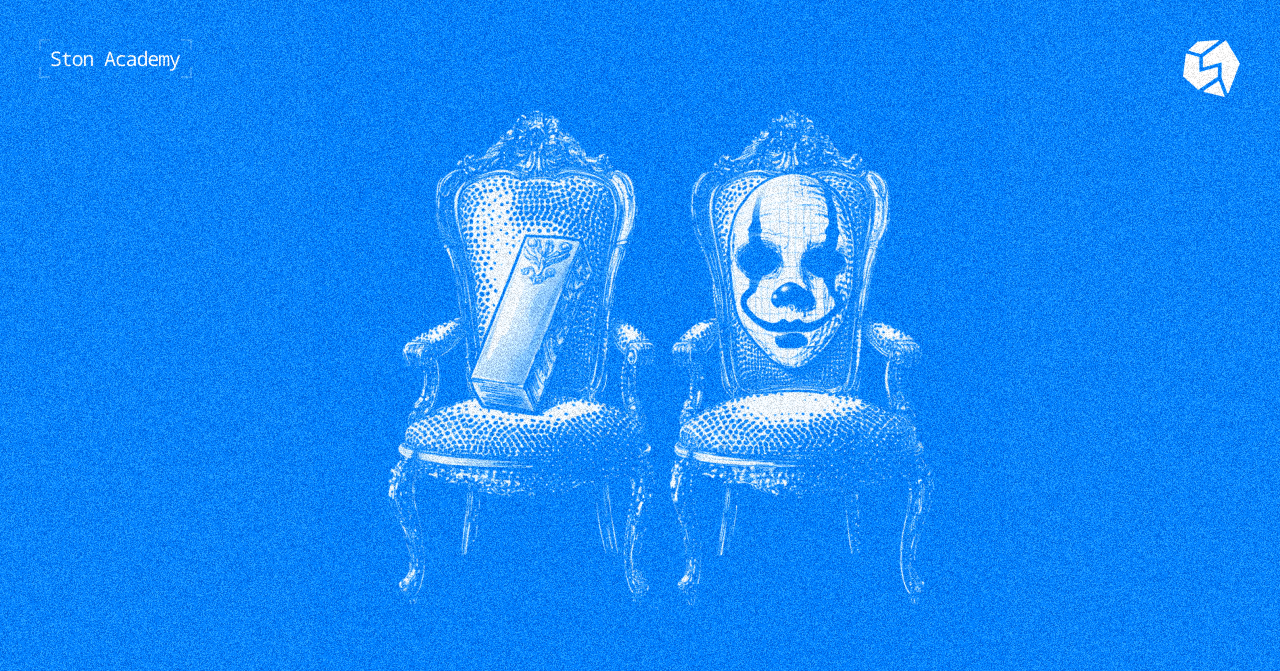
Imagine you recently purchased a token that your favorite cryptocurrency blogger has been raving about. The charts looked fantastic, the community seemed active, and the potential returns made your heart race. Satisfied, you close the app for the night. But the next day, something’s wrong. The token has vanished from your wallet, the Telegram group is deleted, and the website no longer exists. Your investment is gone without a trace. What just happened?
You’ve likely fallen victim to a Rug Pull — one of the most notorious scams in the crypto world. Let’s unravel what this scheme is, how it works, and how you can spot the warning signs before it’s too late.
What is a rug pull and why is it called that?
A Rug Pull is a scam where the developers of a crypto project suddenly withdraw all liquidity from their token — it means that the token price drops down to zero. The term comes from the phrase “pulling the rug out”, and describes the emotions that powerless investors feel when their money suddenly disappears.
Rug Pulls are most common in the world of decentralized finance (DeFi) and community tokens, where launching a new token is often faster than the due diligence needed to verify its credibility. This kind of scam exploits the trust of investors, particularly newcomers who might not know what to look out for.
How do rug pulls work? The lifecycle of a scam
Phase 1. The setup
A new token launches, accompanied by a sleek website, ambitious promises, and a well-coordinated social media campaign. Developers list the token on decentralized exchanges (DEXs) where anyone can create trading pairs without undergoing rigorous scrutiny. Influencers get involved, promote the project’s “potential,” and soon, FOMO (fear of missing out) kicks in.
Phase 2. Building hype and liquidity
As more people buy the token, its price rises. Developers might even lock up liquidity to seem credible, assuring investors that their funds are safe. In reality, this lock-up is just a shield for scammers’ tricks — either set for a short duration or bypassed through hidden code. Meanwhile, the team keeps pushing for more investments and promises staking rewards or exclusive perks.
Phase 3. The pull
The developers withdraw all the liquidity, leaving holders with worthless tokens. The project’s website and social media accounts disappear, and any inquiries are met with silence. Investors are left staring at their empty wallets.
Notorious rug pulls: recent examples
Example 1: Squid Game token
In late 2021, the Squid Game token grabbed headlines with a price surge of over 75,000% in just a few days. The project claimed to be inspired by the popular Netflix series, but investors soon found they couldn’t sell their tokens. Shortly after, the developers pulled the liquidity, making off with around $3 million. The token’s price dropped from $2,861 to nearly zero in minutes.
Example 2. Encryption AI rug pull (July 2023)
In July 2023, the creator of Encryption AI, known as 0XENCRYPT, performed a rug pull, draining an estimated $2 million from the project. The developer cited a gambling addiction as the reason for the sudden withdrawal of funds, leaving investors at a loss.
Example 3. Gen Z Quant soft rug pull
In December 2024, a teenager created a cryptocurrency named Gen Z Quant and rapidly made $50,000 through memecoin trading by cashing out his tokens, causing the coin’s value to plummet. This action, known as a soft rug pull, led to significant backlash from other traders who felt scammed.
How to identify a potential rug pull?
Check the code
Open-source contracts with third-party audits are a good sign. If the code isn’t publicly available or lacks audits, it’s a red flag.
Liquidity matters
Legitimate projects often lock liquidity for a substantial period using trusted services. Tools like Token Sniffer or BSCheck can help you verify if liquidity is locked.
Token distribution
If a small group of wallets holds the majority of tokens, the risk of a Rug Pull is higher. Scanning blockchain explorers can reveal suspicious distribution patterns.
Hype vs. fundamentals
Excessive marketing with little technical detail is a classic warning sign. Real projects focus more on development updates than on memes and influencer promotions.
Read also: The Most Common Types of Crypto Scams
Wrapping up
Rug Pulls are a grim reminder that not everything in crypto is as it seems. Community tokens, while exciting, come with risks — especially those not on default lists or lacking liquidity guarantees. The key to avoiding scams is simple: research the project, scrutinize the code, and stay away from anything that seems too good to be true.
Read also:
